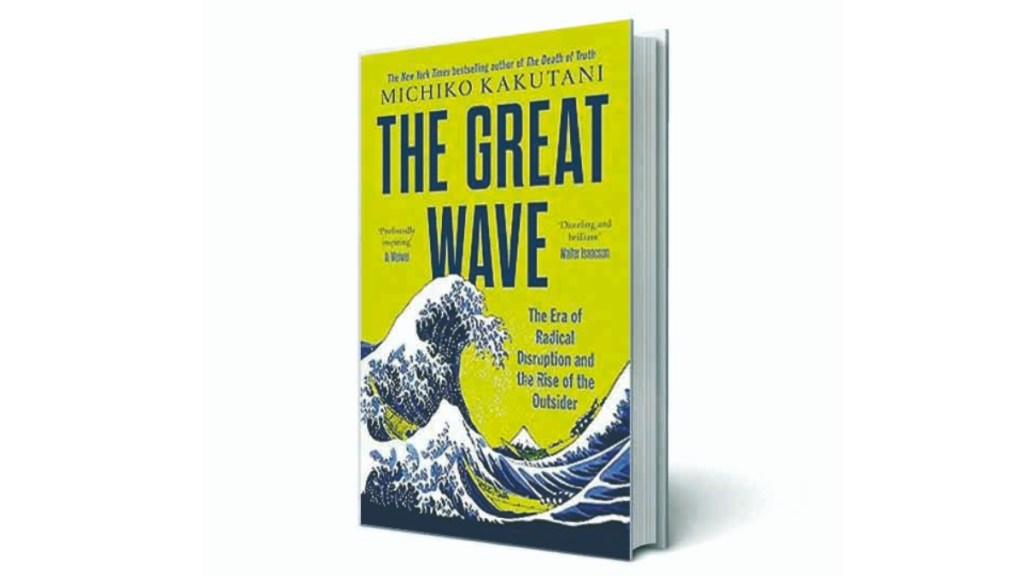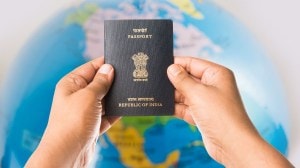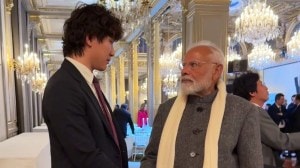By Shivaji Dasgupta
“It is a riddle wrapped in a mystery inside an enigma, but perhaps there is a key.” Winston Churchill’s description of the Soviet Union (post second World war) is a curious way to christen Michiko Kakutani’s iterative narrative. The key lies with Donald Trump, while saner forces deserve its possession for the continuity of civilisation.
The book begins with a dire amplification of ‘dizzying turmoil’ and ‘anxiety’ in the world at large. This is a repetitive pattern across history, but this time, the democratic internet can be an early saviour—for its unique ability to circumvent gatekeepers, constitutional or institutional. She talks about ‘plastic hours’, as per philosopher Gershom Scholem, when it is possible and necessary to act. This is like a key factor in ‘hinge moments’, when catalytic change is prescribed.
Kicking off, she quotes Antonio Gramsci from the 1930s, suggesting that the “old is dying and the new cannot be born”, quite like Mussolini’s Italy. Therefore, rogue actors are taking centrestage, Trump the undisputed poster boy of disrepute. This is a potent reference to the end of the Gilded Age (Mark Twain’s nomenclature of early industrialised America), scarred by income inequalities and hostility to immigrants. When, according to Hannah Arendt, the loyalty demanded by toxic leadership can only be served by isolated human beings, denied societal adhesives, susceptible to irrational hyperbole and sensationalism.
The story quickly moves to Silicon Valley. Counterculture values ensured the staggering pace of growth, but a deep sense of distrust is clouding the camaraderie. Perhaps the 2008 crash was a momentum builder to sideline the sparkling minorities, in spite of the ‘fringes of society’ (David Potter) being largely accountable for disruption. Thankfully, technology is enabling ‘collective action outside the scope of institutions’ (Clay Shirky). Justin Bieber was discovered on YouTube, while Billie Eilish was uncovered via Soundcloud, and not the legacy conduits. Kakutani compares this cultural turmoil to the Gutenberg Printing Press opening overs, with loads of useless material. The concern now being the slaughter of personal data, for free usage of Facebook and Instagram.
When discussing culture in the new millennium, the discussion veers to race relations. The ‘double consciousness’, or ‘second sight’, as defined by WEB Du Bois as an unhappy flashback, encouraged by the MAGA GOP, advocates of discrimination. She speaks about Invisible Man by Ralph Ellison and Beloved by Toni Morrison as past truths, while current thinking is shaped by ‘diverse’ folks like Murakami, Junot Diaz and Zadie Smith. Lin Manuel Miranda’s superhit musical Hamilton and the Oscar winning Nomadland by Chloe Zhao. There is a broader contrast between 20th-century writing (deeply inner-directed), versus 21st-century expressions, once again looking outwards—arguably, a function of fluidity in ethnicity and exposure. The decimation of Robert Lee’s statue in Richmond (2021), a symbol of racial oppression, and the projected imagery by Dustin Klein and Alex Criqui vindicate the momentum towards counter-cultural integration, Trump notwithstanding.
As we move on, the ‘Overton Window’ plays a cameo, a concept whereby new ideas become acceptable to the public at a given historical moment. Like a timeless pattern being bulldozed by Trump, ‘gasoline-wielding anarchist’, through vile acts like gerrymandering. The author moves on to the ‘Resistance Movement’, the influential forces of good. 2020, being described in Frances Fox Piven’s words as a ‘Movement Moment’, America facing a ‘legitimation crisis’. In 2020, 1,00,000 Americans had already perished from Covid-19 and unemployment was at a record 14.7%. The George Floyd debacle led to an unprecedented 71% of whites stating that America had a racial equality problem. ‘Black Lives Matter’ articulated the resistance wonderfully, as did the ‘Occupy Wall Street’ movement on the inequality of wealth distribution. Freedom is, indeed, a stage and not an act.
Much of the remaining pages hover on the merits of openness. America’s obsession with outsiders and unconventional heroes, fact or fiction. Dean, Brando, Bogart amongst others. Three TV productions—The Sopranos, The Wire and Breaking Bad—each representing the collapse of institutions, enslaved by corruption and lack of integrity. Exactly the right time for benevolent ‘outlaws’ (Richard E Meyer) to make a dashing appearance. Leading to the public willingness to experiment with General Tso’s Chicken, mindfulness, plant-based meats and fur-free jackets.
The need for ‘Optimising Marginality’. Daniel J Boorstin’s analysis from ‘The Fertile Verge’ is enlightening—the American Dream was crafted by the freedom from Old World bondage and fuelled by resourcefulness and self-reliance. Immigrants, thus twice as likely to open new businesses and experiment. Sergei Brin, Steve Jobs and Pierre Omidyar amongst many. A topic graced in transit is decentralisation, the North Star of the Internet Age, and of the free world. Threatened currently by corporate consolidation but possibly salvaged by Blockchain, Bitcoins and a hybrid post-pandemic world order.
Unlike waves, great or small, Kakutani’s tale is a circular narrative. A Nuremberg episode for Trump and ideological cronies. Brought to life with delightful references, drawing lavishly from her repertoire as a New York Times book reviewer. Although ending up more as a compendium than an opinion, eminently edible for the anecdote hunters. New news is the overwhelming casualty.
The author is an autonomous brand consultant and writer
Book: The Great Wave: The Era of Radical Disruption and the Rise of the Outsider
Author: Michiko Kakutani
Publisher: William Collins
Pp 256, Rs 599








